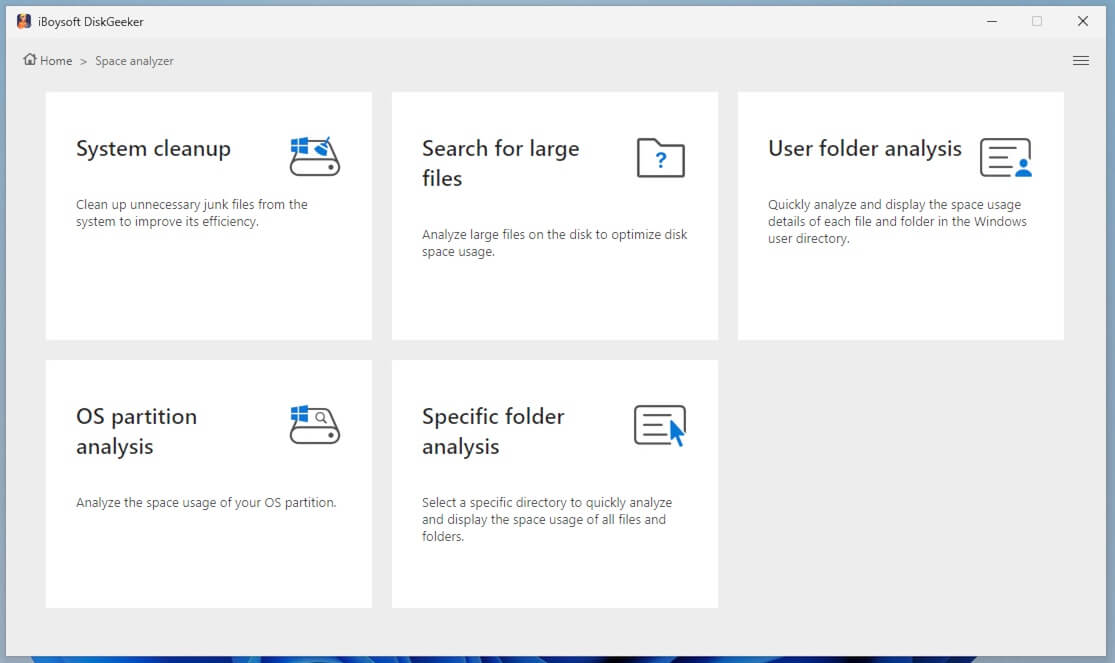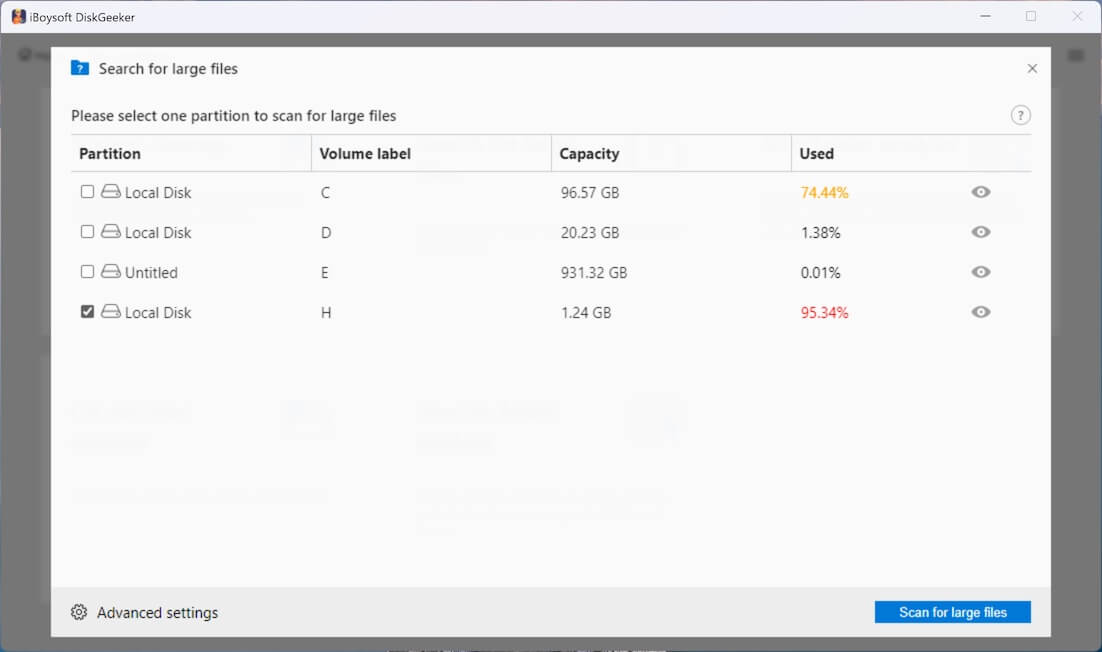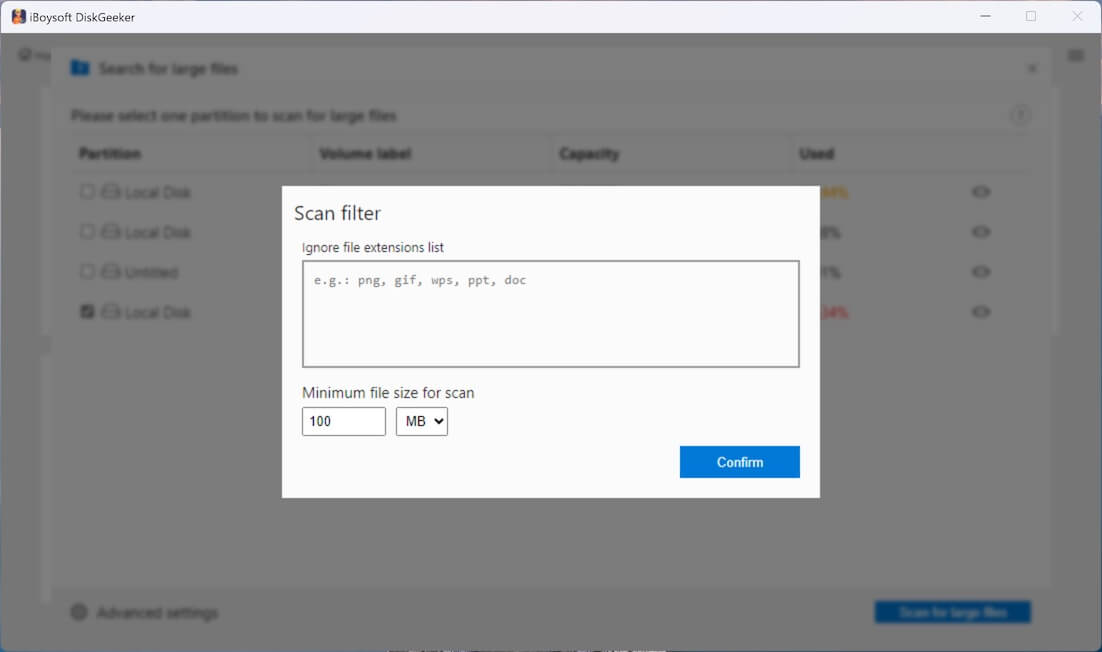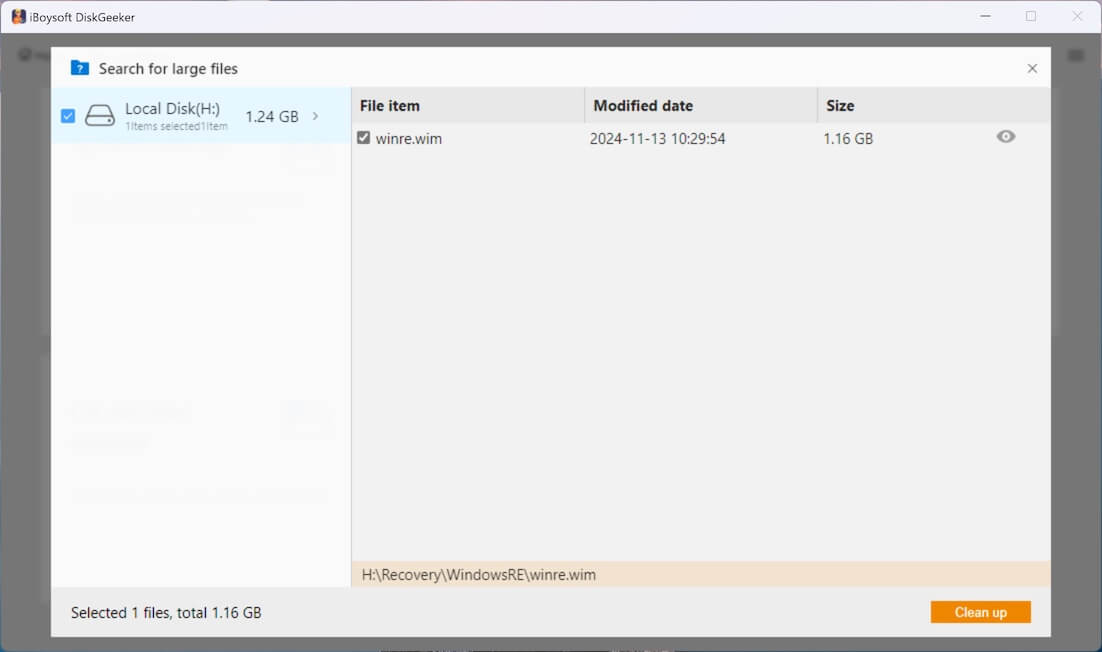Written by
Yuri ZhangSummary: This article explicates the most convenient ways to share and deal with large video files including messaging apps, cloud storage services, etc. Accordingly, iBoysoft DiskGeeker stands out as a large-file searcher and cleanup master.

Sharing large video files can be a challenge due to file size limitations on most email services or messaging platforms. However, there are several methods and tools you can use to transfer large videos efficiently. Here are some of the best options. Let's sink into the know-how to share large video files at large and in depth.
Compression before sharing
If the video file is very large and you're limited by size restrictions, consider compressing the video file before sharing. Here are some tools for effective compression just for your reference.
- HandBrake: A free, open-source tool that allows you to compress large video files without significant loss of quality.
- WinRAR or 7-Zip: Compress the video into a zip or rar file, though this might only offer a slight reduction in size for video files.
Messaging apps with large file support
It is easy to realize that some messaging apps offer the ability to send larger files compared to traditional SMS or email. Here are some for your information:
- WhatsApp: Can send videos up to 16 MB, but for larger videos, you can send a link via Google Drive or Dropbox.
- Telegram: Allows sending files up to 2 GB.
- Signal: Allows file sharing, though it has a lower limit (100 MB).
Share large video files via cloud storage services
Cloud storage services allow you to upload large video files and share a link with others. These services typically offer free plans with some storage capacity, and paid plans for more storage.
- Google Drive: Upload the video to your Google Drive, right-click on the video file, and select Get link. Then, share the link with others by email or messaging (Free storage: 15 GB).
- Dropbox: Upload your video to Dropbox, right-click on the file and select Copy link. Then share the link with others (Free storage: 2 GB).
- OneDrive: Upload your video to OneDrive, Right-click and choose Share to create a link (Free storage: 5 GB).
Share this and continue to read the versatile ways to handle large video files.
Spread large video files through file transfer services
Some platforms are specifically designed for sending large files without needing cloud storage accounts or worrying about file size limits.
- WeTransfer: Upload the video, add the recipient's email, and send the link to download the file. WeTransfer Pro allows up to 200 GB for larger files (Free plan: 2 GB limit per transfer).
- SendAnywhere: Upload your video and generate a link or a 6-digit key to share with others (Free plan: 10 GB limit).
- TransferNow: Similar to WeTransfer but with multiple sharing options (Free plan: 4 GB limit per transfer).
Tips: For those with technical know-how, peer-to-peer (P2P) file sharing networks like Resilio Sync allow you to transfer files directly between devices, even if they're on different networks, without uploading them to the cloud.
Send by means of video hosting sites
If the video is for public or semi-public viewing (e.g., YouTube or Vimeo), you can upload it to a video platform and share the link.
- YouTube: Upload the video, and you can either keep it public or set it to unlisted (only people with the link can access it). It has free storage of unlimited video uploads (with certain content restrictions).
- Vimeo: Vimeo offers high-quality video hosting and privacy controls. You can also password-protect the video (Free storage: 500 MB per week).
Tips: For businesses or technical users who need to transfer large files securely, an FTP (File Transfer Protocol) server can be a good option. This allows users to upload and download files directly from the server. You'll need an FTP client like FileZilla, which is secure, and ideal for large businesses or multiple file transfers but requires setup, not user-friendly for casual users.
Share big video files with external storage devices
If the recipient is physically close to you, transferring a large video file via a USB flash drive or an external hard drive may be the simplest and fastest method. On a USB flash drive or external hard drive, you just need to copy the file to the device and hand it over or mail it.
Best approach for specific scenarios:
- For one-time video sharing: WeTransfer, Google Drive, or Dropbox.
- For public or semi-public sharing: YouTube, Vimeo.
- For secure file sharing: Google Drive with restricted permissions or FTP.
- For large business transfers: FTP or Resilio Sync.
- For quick physical transfer: USB flash drive or external hard drive.
- These options should cover most use cases for sharing large video files.
Share this article and view the unignorable measures you need to take below.
Use iBoysoft DiskGeeker to search for large files
During transmission, you can freely choose and use apps. However, this often leaves behind download traces and shared videos, which unknowingly accumulate in your device's memory and burden your computer. Use iBoysoft DiskGeeker to identify large files, and let its filtering and sorting features help you better manage your storage space. Here's a tutorial:
Step 1. Download and launch iBoysoft DiskGeeker for Windows by clicking the following button.
Step 2: Click "Search for large files" from the Space analyzer module page.

Step 3: Select a Partition to scan for large files.

(For the initial large file searching, you need to go to "Advanced settings" at the bottom left corner to set the minimum file size for scanning. You can also add the file extension to prevent the tool from searching for certain files.)

Step 4: Click "Search for large files" to start scanning.
Step 5: Click the view button to check the searched large files, choose those you want to delete, and click "Clean up."

Conclusion
There are many ways to share large video files, each with its benefits depending on your needs. Whether you're looking for a simple, one-time file transfer, a secure business solution, or a platform for hosting videos publicly, there's a tool or service that fits the bill. Consider your file size, security requirements, and audience when choosing the best method.
For professional, secure, and high-quality video sharing, cloud storage services, and file transfer platforms are generally the most reliable choices. For those creating or sharing content publicly, video hosting sites like YouTube and Vimeo offer extensive reach with minimal hassle. Best of all, iBoysoft DiskGeeker always helps during the sharing process.
If you have other channels to share large video files, share with the following popular social media!
